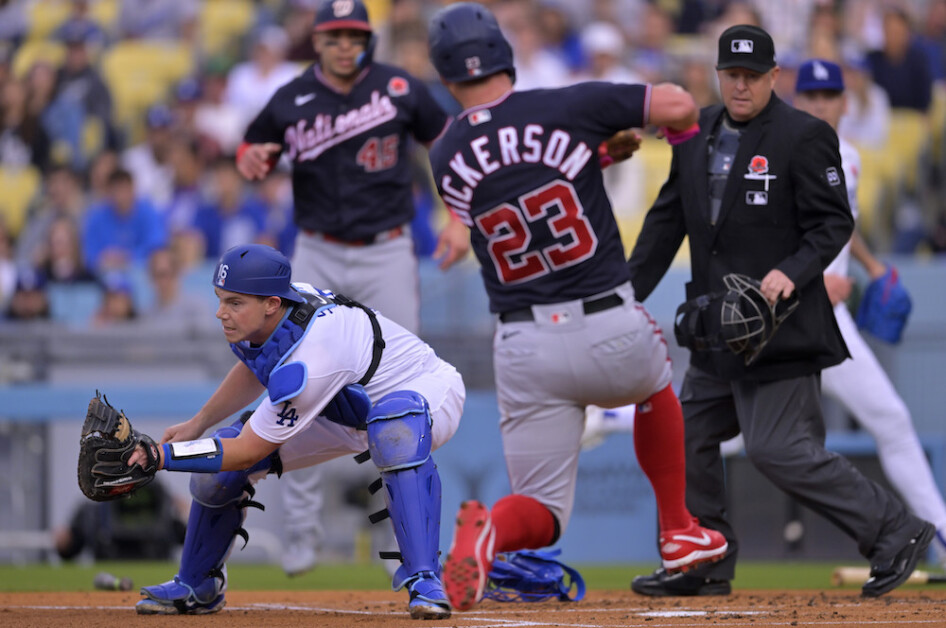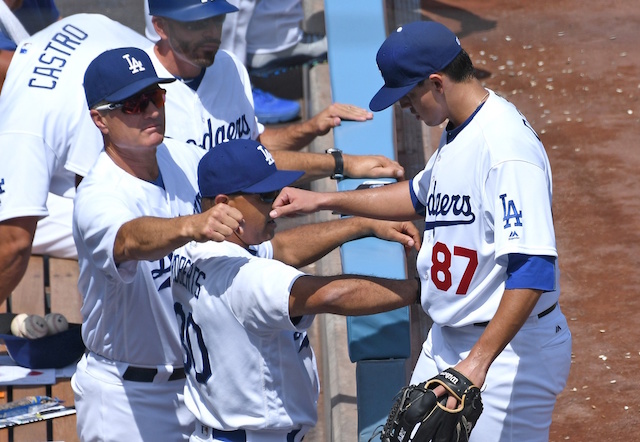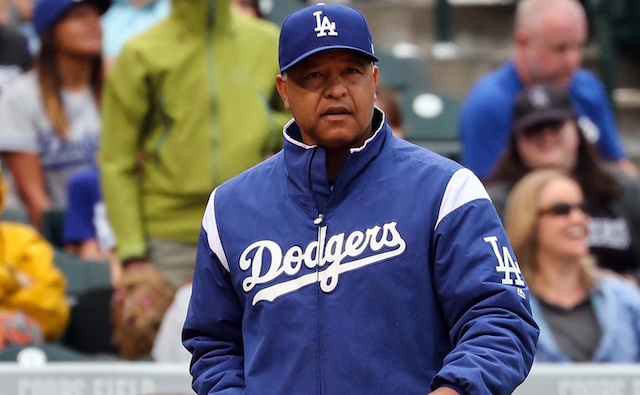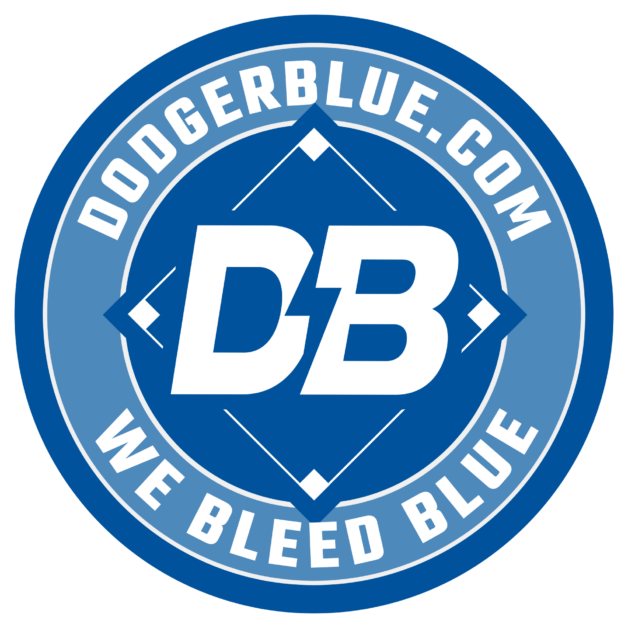Los Angeles Dodgers legend Steve Garvey’s playing days are over, but he is not done making an impact in the baseball community. Garvey has partnered with Amgen to work closely with the multiple myeloma patient research and advocacy community, including the Multiple Myeloma Research Foundation (MMRF), the International Myeloma Foundation (IMF) and Myeloma Crowd, to raise awareness with patients and caregivers.
Amgen will also work with MLB to recognize local multiple myeloma communities at select games during the 2018 season as part of the Myeloma MVP (Most Valuable Plan). Garvey spoke with DodgerBlue.com to discuss the initiative and why he got involved with the cause along with fellow former big leaguers Dave Winfield and Don Baylor Jr.
“That’s question No. 1. Of course you know, that I was blessed to play a number of year in professional baseball and had a certain amount of notoriety,” Garvey said. “And then our friends at Amgen put together this program addressing the needs of multiple myeloma patients and caregivers and doctors.”
The initiative resonates with Garvey perhaps more than others as he lost his father-and-law to it. “As with anything, usually there’s a personal involvement and my father-in-law had multiple myeloma and succumbed from that,” he said.
“So when I was approached, first of all, I was honored. Second of all, it was kind of a dual purpose for me involved with a family member and of course knowing Don Baylor, who passed away last year from multiple myeloma and being able to work with his son.”
Multiple myeloma only accounts for around 1-2 percent of all cancers, which explains why many are not familiar with it. “It’s a blood cancer of a cell called a plasma cell, which lives in your bone marrow,” world-renowned myeloma specialist and chief medical officer of the International Myeloma Foundation Dr. Joseph Mikhael explained.
“Your bone marrow is kind of the factory of your blood where all your blood gets made. And this plasma cell becomes cancerous, it crowds up the good marrow that makes your blood and it starts to attack the rest of your body, which can include your bones and your kidneys. So patients tend to get really tired, often in a lot of pain due to kidney damage.”
Dr. Mikhael added that there has yet to be a cure discovered for multiple myeloma, which makes the Myeloma MVP that much more important for patients dealing with the disease.
“It’s a very challenging cancer that sadly has yet to be curable,” he said. “Although we have had tremendous advances over the last 10 years with a whole host of new drugs that have been approved for us to care for patients.
“And for me, that’s one of the reasons why this MVP program is so extraordinary because it really allows us to partner out our patients to match what the patient longs for and desires with what treatments would be best for them. It’s their Most Valuable Plan that they can plan together with their doctor team to provide the best care for that patient.”
Multiple myeloma is a disease that is tough to diagnose because the exact cause of it is still unknown. It is believed to be more common in older adults as the average age is around 65 years old. Additionally, it is slightly more common in men than women, and in the African American population more so than the Caucasian population.
Because of how deadly it is, Garvey emphasized the importance of putting a plan together as soon as a patient is diagnosed.
“All those years of playing a team sport, I realized it’s a pretty simple equation to success or advancement or progress,” he said. “That’s why getting your team together, putting a good plan together and then working together to communicate is so very important.”
Garvey, being the former 19-year big leaguer that he is, found another way to compare the challenges of multiple myeloma to the sport that he dedicated so many years of his life to. “I was saying this before, we are used to hitting fastballs, now they’re throwing curves, so we do we do with it?” he asked.
“Because we’re on our heals and all of a sudden it’s a really good curveball, we really don’t know what to do with it. And you can’t call timeout. You got to address it, move forward with it and I think that’s what this MVP plan is all about.”
If you would like to get involved with the initiative, want to learn more about it or have a family member that has been diagnosed with multiple myeloma, head to MyelomaExplained.com to find out more information and begin a plan of action.










